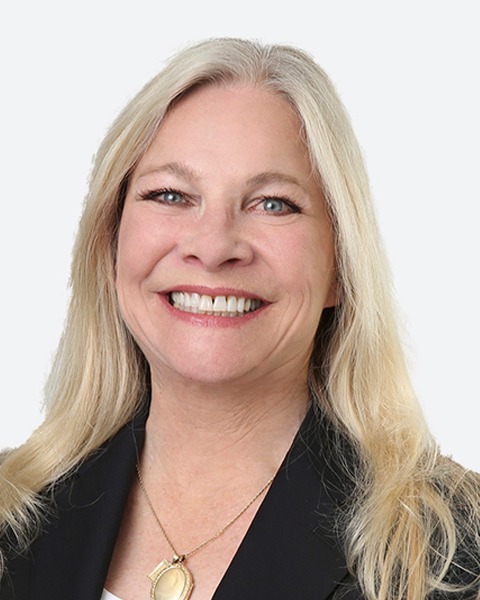Credentialing/Privileging
Identifying and Addressing Dangerous Physicians through the Medical Staff Credentialing and Peer Review Processes
Tuesday, October 1, 2024
8:00 AM - 9:00 AM MST
Location: Mile High Ballroom 4D - 4F
CE: 1
Tomorrow's MSP® Skillsets: Analytical Thinking, Legal, Risk Management, Medical Staff Bylaws & Policies/Procedures

Erin Muellenberg, JD, CPMSM, CPCS, FMSP
Principal
Polsinelli
Yorba Linda, California
Anne Roberts, Esq., CPMSM, CPCS (she/her/hers)
System VP, Medical Affairs Operations
Mount Sinai Health System
New York, New York
Session Description: This session will describe past situations where dangerous physicians were identified and provide strategies for avoiding similar situations in the future. One example is Christopher Duntsch, a physician who was sentenced to life in prison for acts he committed while performing surgery on patients, earning him the moniker of “Dr. Death.” The circumstances surrounding Dr. Death and similar physicians serve as a cautionary tale for the credentialing and peer review processes of Medical Staffs. This presentation will highlight the lessons learned from cases involving dangerous physicians. A journalist who has reported extensively on issues related to dangerous physicians will provide background information about these kinds of cases. An attorney who brought lawsuits on behalf of the patients who were harmed by Dr. Death’s actions will speak about the kinds of liability healthcare organizations can face with these issues, the importance of advocating for patient safety, and who the stakeholders are for patient safety efforts. Finally, the presentation will address how physicians can “hide in plain sight” and what steps can be taken to prevent a Dr. Death situation from occurring, however unlikely that may seem.
Learning Objectives:
- Examine the facts and circumstances underlying cases involving dangerous physicians and discuss how such a situation could occur.
- Explain the kinds of liability healthcare organizations can face in ensuring patient safety at a healthcare organization and describe the roles of stakeholders in connection with these issues.
- Explain how physicians can “hide in plain sight” within a healthcare organization and outline steps organizations can take when a potentially dangerous physician has been identified.

